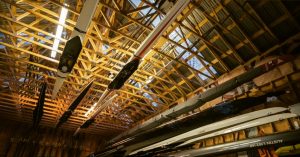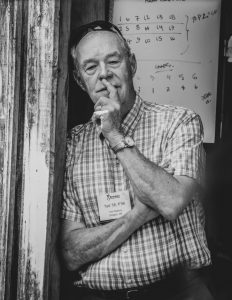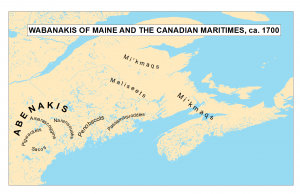Exciting news for Bowdoin Rowing! Renovation and expansion of the Smith Boathouse has been announced beginning the Spring of 2022! Though our boathouse has made an amazing home for our navy, the expanded boathouse will allow us to store fours as well as eights and encourages the expansion of our growing team. We are excited to update our home and for the opportunities to come for our team!
See more information in the Bowdoin News post here.

The Smith Boathouse

